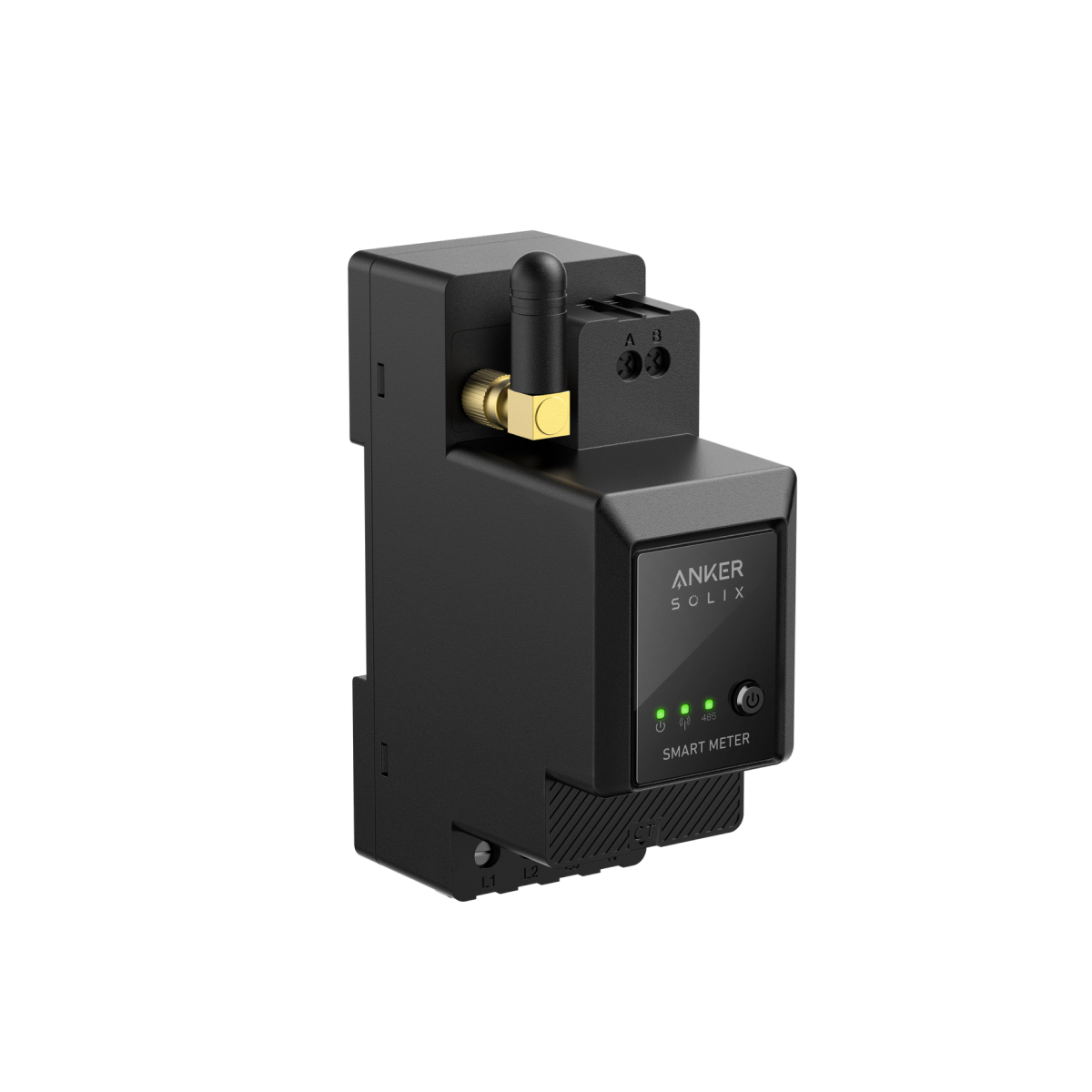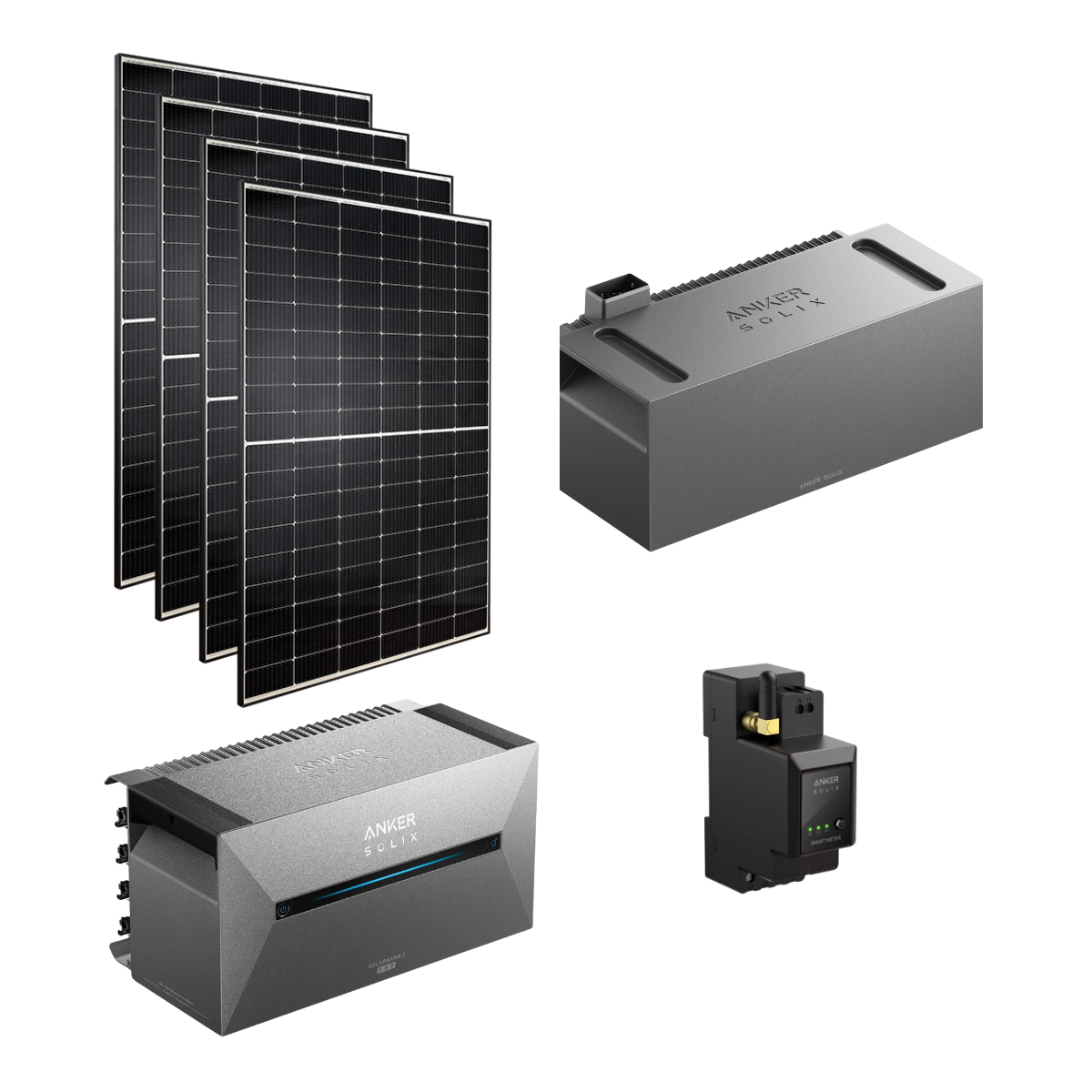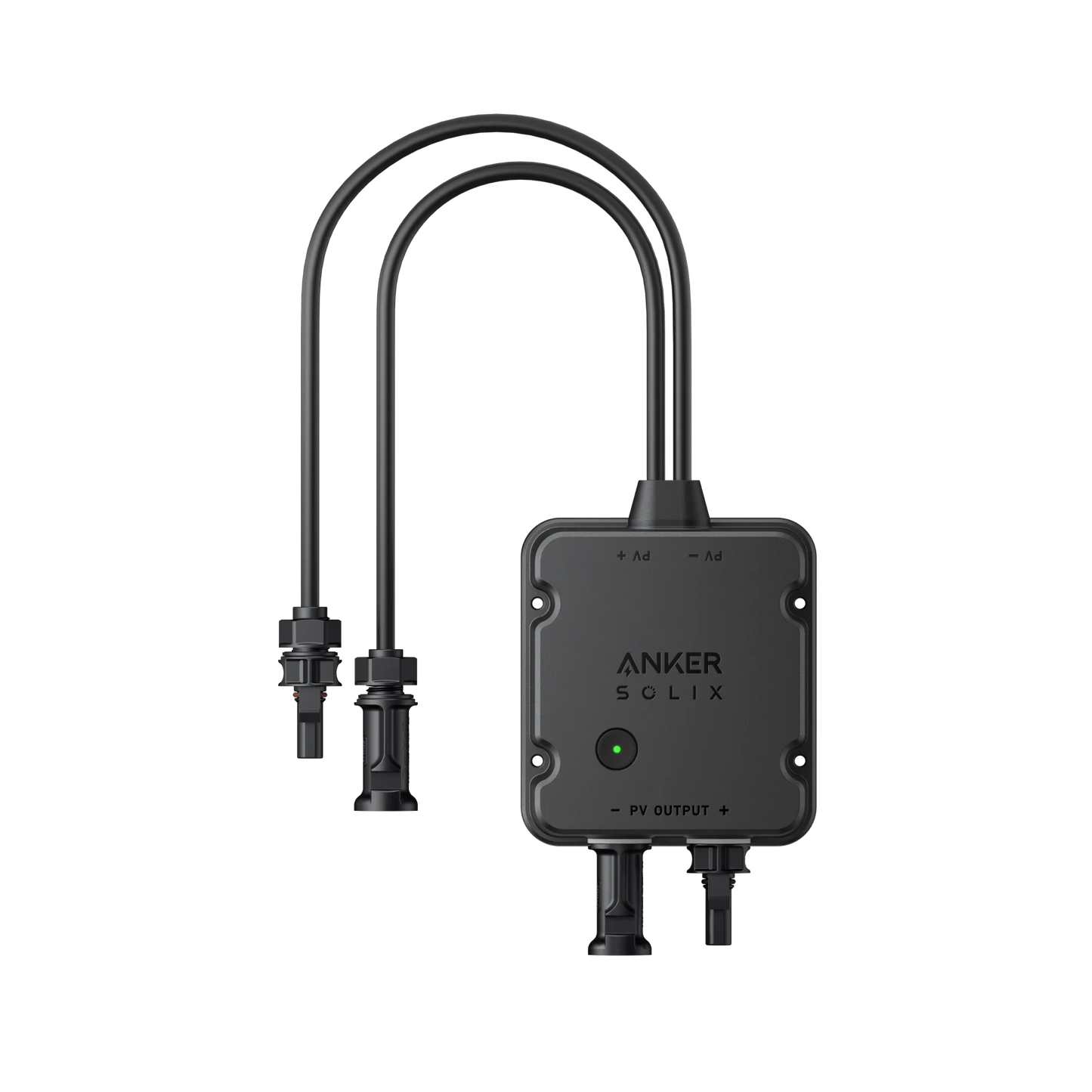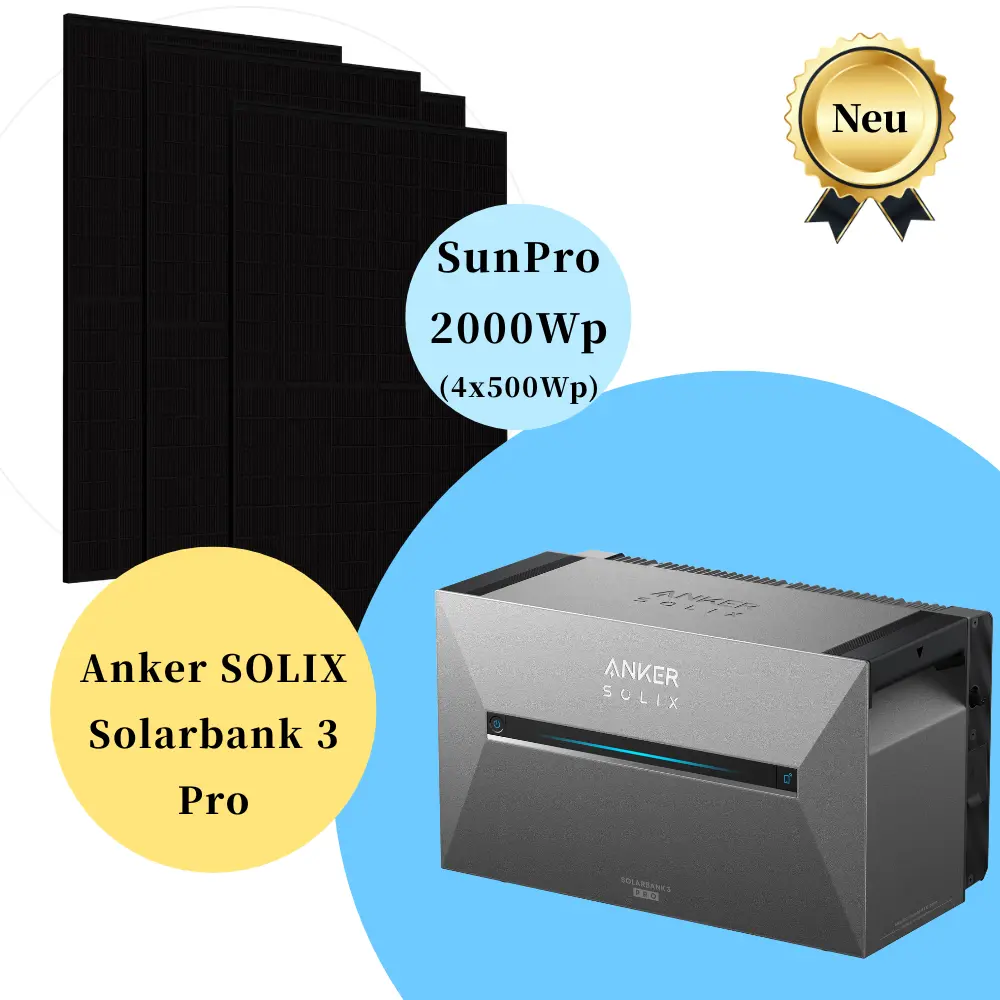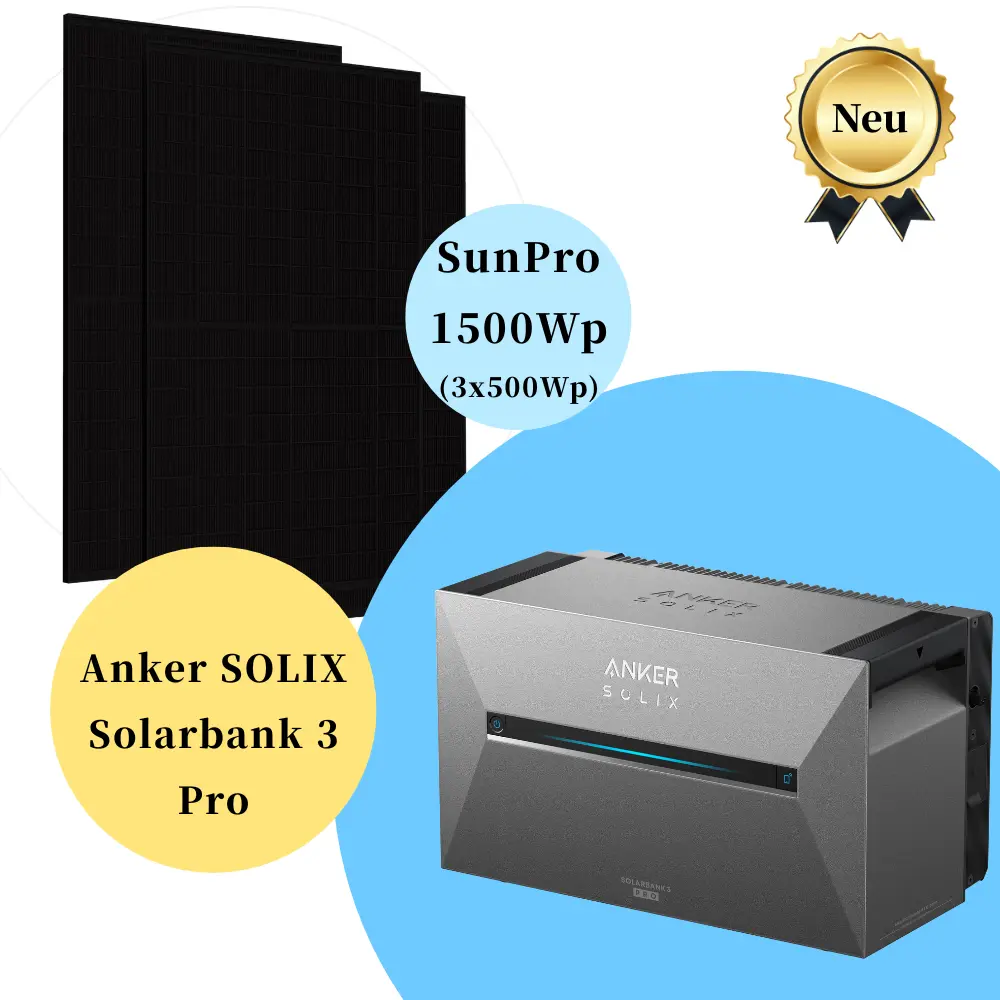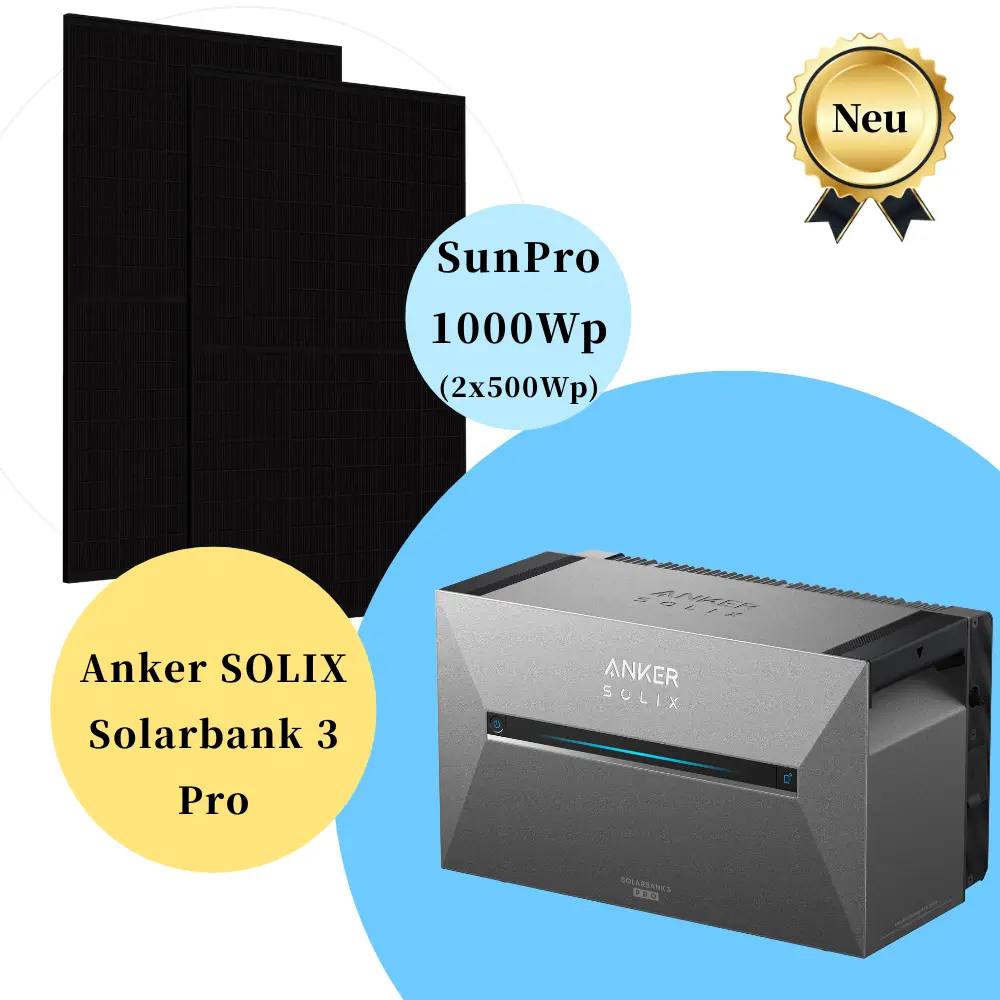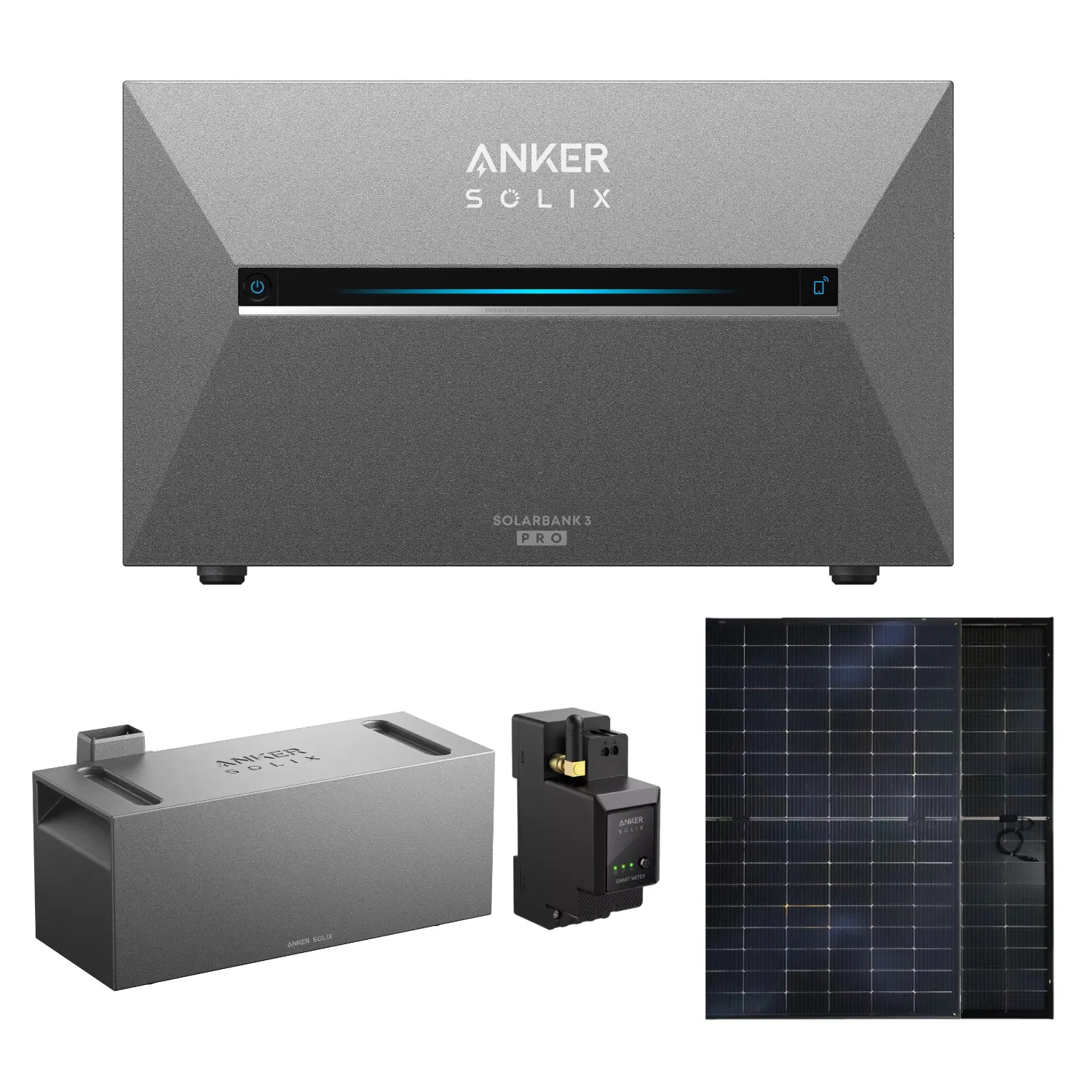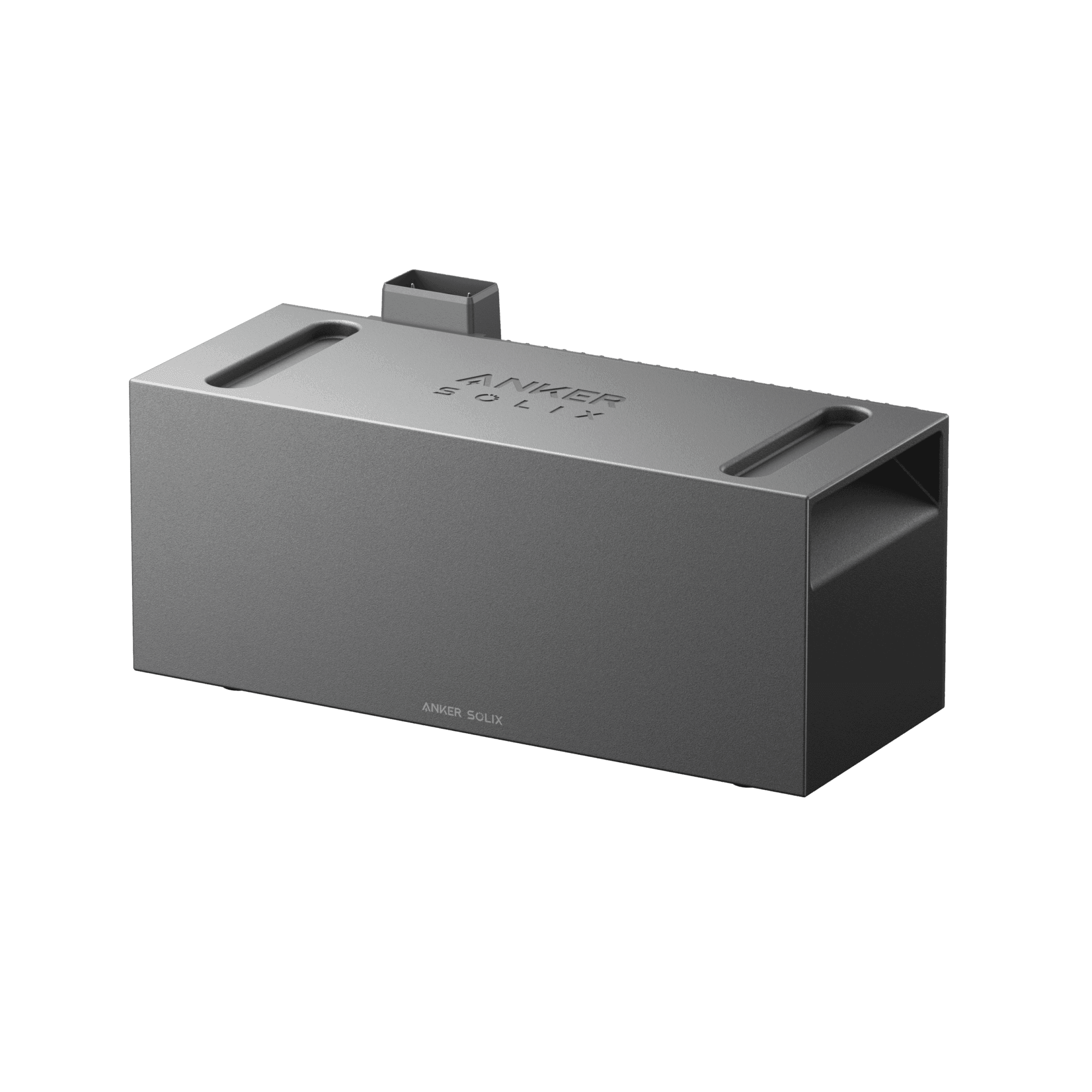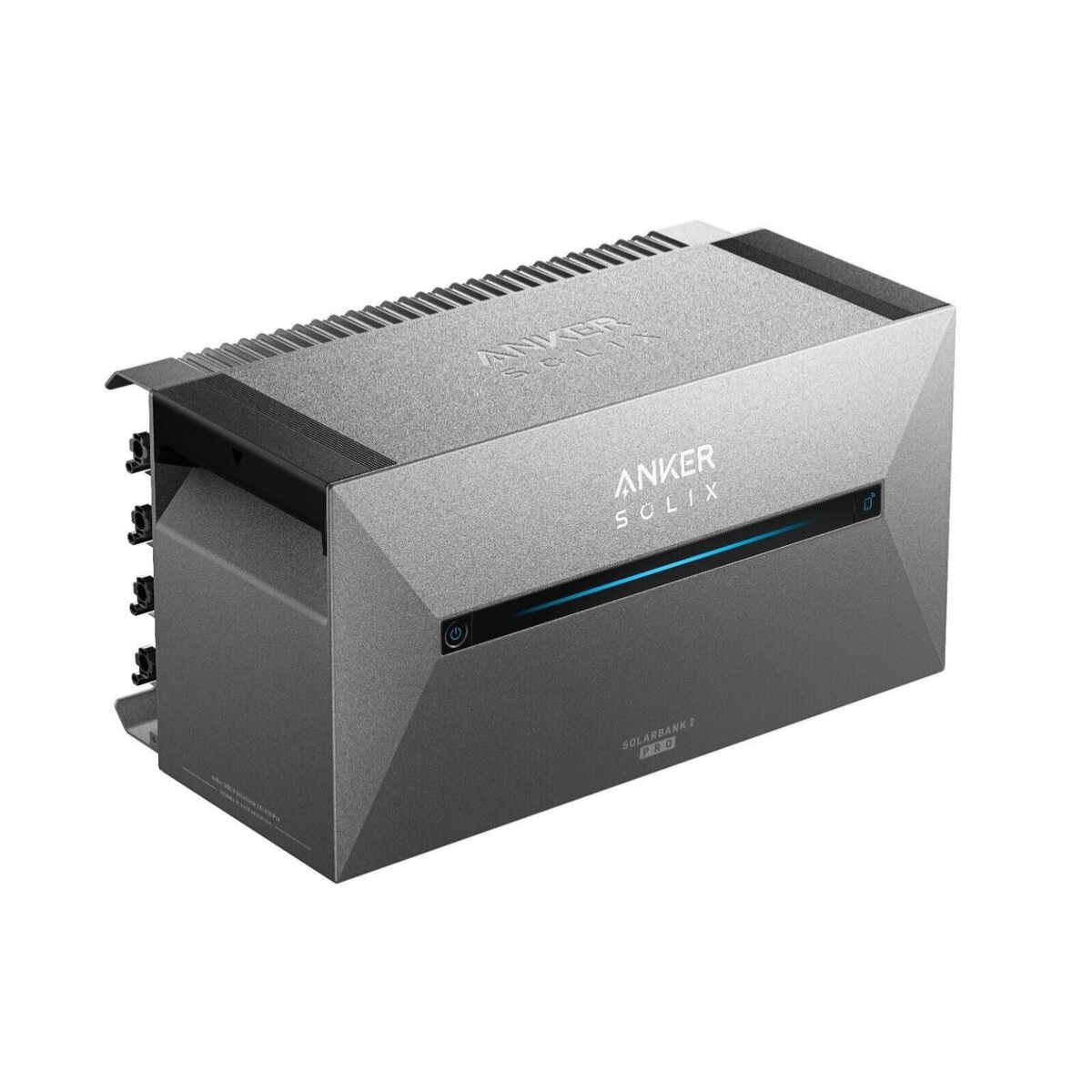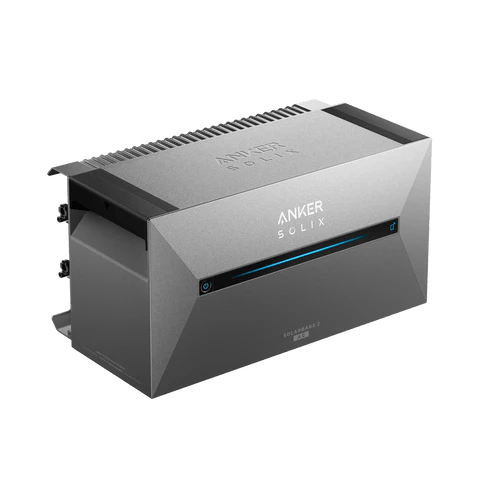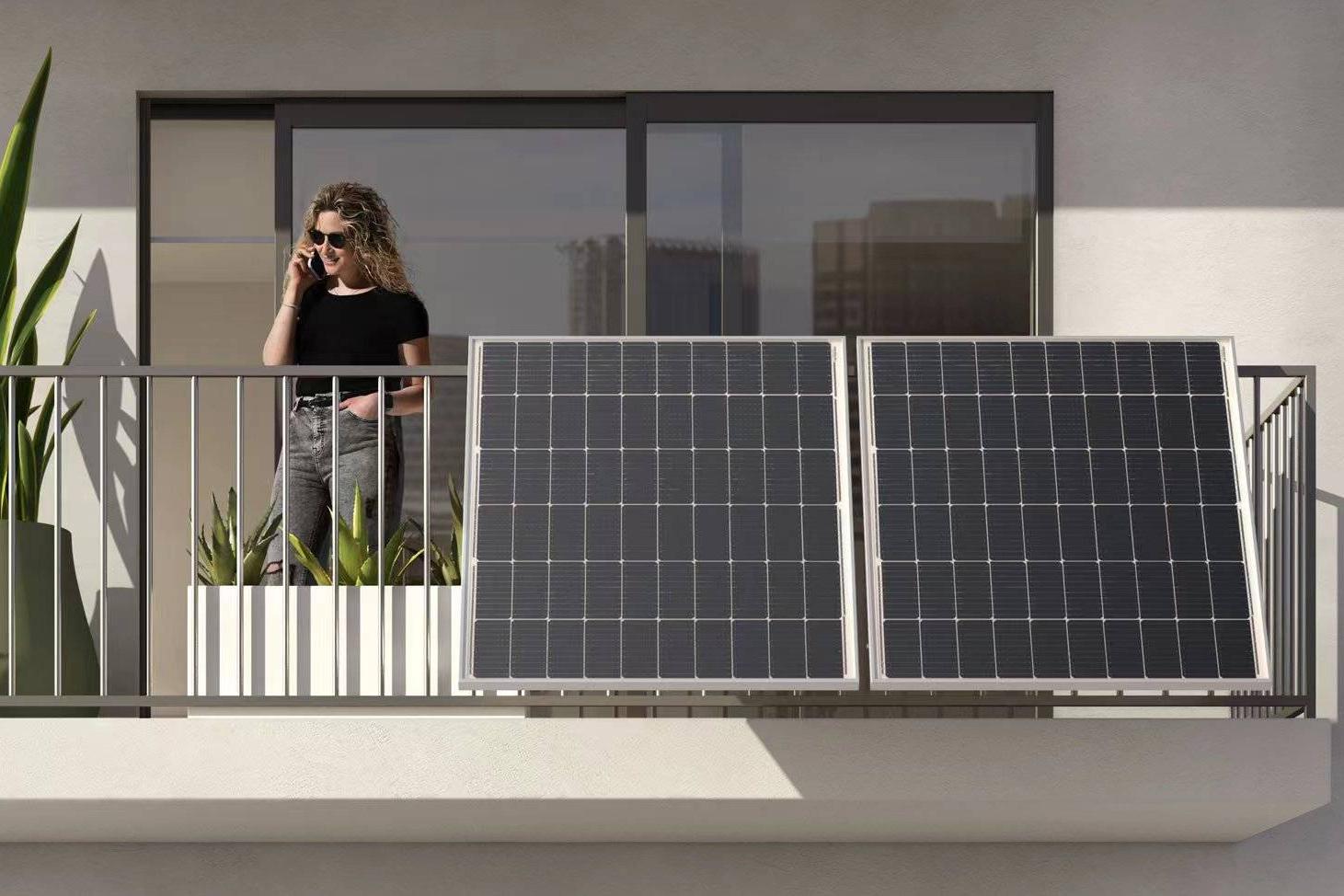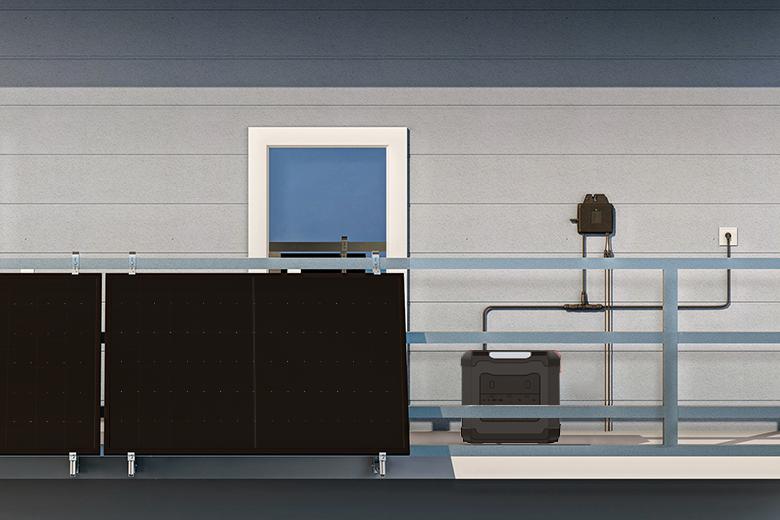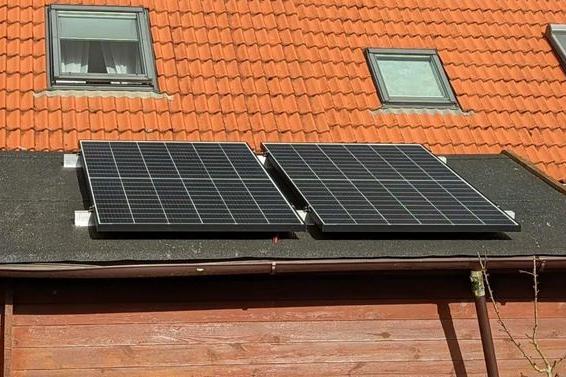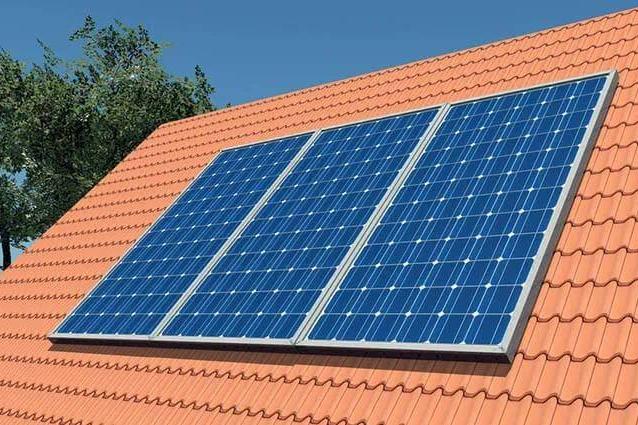Blog & News
Is hail a real threat to photovoltaics?
Hailstorms are becoming increasingly common in Germany. But what does this mean for your photovoltaic system? In this article, you'll learn whether hail poses a threat to solar modules, what damage can occur, and how you can protect yourself against it.
First things first
- Hail only rarely causes damage to photovoltaics;
- Possible damages include microcracks or cell breaks, frame and glass damage;
- Hail damage is usually covered by home contents insurance.
How vulnerable is photovoltaics to hail?
A photovoltaic system can withstand normal hailstorms. Damage to PV modules caused by hail is rare. Only hailstones with a diameter of over 5 cm can cause damage.
What damage can hail cause?
In extreme weather conditions with hail, microcracks can occur in the solar cells, the solar glass can break or the frames can be damaged.
- Microcracks or cell breaks are tiny, but can weaken the durability of the module,
- Glass damage are visible and can cover a large area, leading to the failure of the entire system,
- Damage to the frame may not be immediately visible, but can lead to insulation failures.
All of these damages directly lead to a loss of performance and/or a shortening of the service life of the PV modules.
Solar modules are rarely damaged by hail here (JRP Studio – stock.adobe.com)
How great are the performance losses caused by defective PV modules?
A report by TÜV Rheinland on photovoltaic systems found that only 10% of the time did a power drop occur due to lightning, thunderstorms, and hail. This corresponds to a power loss of less than 1%.
Which Immediate measures should I hailstorm initiate?
After a hailstorm, check all solar modules for visible damage. If you notice any damage, shut down the PV system and contact your PV installer.
How can I protect PV modules against hail damage?
All modules on the market undergo safety testing by TÜV (German Technical Inspection Agency). This includes snow load, fire, corrosion, and hail tests. The IEC 61215 certificate indicates whether a PV module is hail-resistant. Class 2 modules have passed the standard TÜV test. Class 3 modules pass a more stringent hail impact test.
Hailstone tests are common, using 25 mm hailstones. In these tests, the modules are hit with steel balls traveling at approximately 80 km/h. For Class 3, solar collectors and photovoltaic modules undergo a more stringent hailstone test. Here, the hailstones are 35 mm in size and reach speeds of almost 100 km/h.
Information on the hail test can be found in most manufacturers’ data sheets.
Can hail damage to PV modules be repaired?
Repairing a PV module is uncommon. If it is damaged, it is usually replaced. PV systems are considered part of the building, so home contents insurance covers the costs.
Defective modules can cause failures and short circuits in wet weather, causing the inverter to automatically shut down the system. If the sun dries the module and the hailstorm hasn't damaged the cell connectors, it can be restarted without any loss of performance. Bridging the module is another option to maintain production in the module string and reduce the time pressure for repairs.
Which insurance policies offer protection against hail damage to photovoltaic systems?
If the photovoltaic system is installed on your home, it is covered by your home contents insurance. However, you must inform your insurer about the PV system. New policies usually already include it. Older policies will add it later. The PV system increases the property value and thus the insurance premium.
Does the manufacturer's warranty protect against the effects of hail?
The manufacturer's warranty generally does not cover damage caused by force majeure, such as hail. The product warranty guarantees the quality and freedom from defects of the product. It only covers material and design defects, as well as defects in workmanship.

